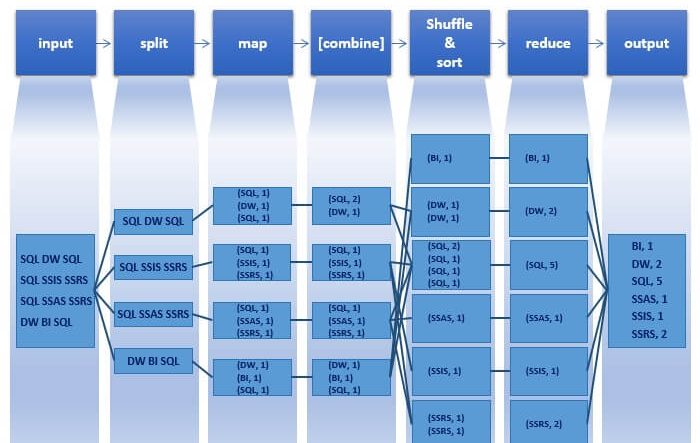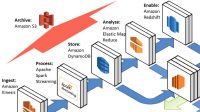In the era of big data, managing and storing massive amounts of information efficiently is a critical challenge for organizations. Hadoop Distributed File System (HDFS) is a cornerstone technology in the Apache Hadoop ecosystem that addresses this challenge. This article provides an in-depth understanding of HDFS, its key features, architecture, and benefits.
1. What is Hadoop Distributed File System (HDFS)?
HDFS is a highly scalable and fault-tolerant distributed file system designed to store and process large datasets across multiple commodity hardware nodes. It is inspired by the Google File System (GFS) and serves as the primary storage system for Apache Hadoop.
2. How Does HDFS Work?
HDFS follows a master-slave architecture, consisting of a single Namenode that manages the file system namespace and multiple Data Nodes that store the actual data. The files in HDFS are divided into blocks, which are replicated across multiple Datanodes for fault tolerance and high availability.
3. HDFS Architecture
Namenode
The Namenode acts as the central coordinator and metadata repository in HDFS. It stores the file system metadata, such as file names, directories, and their mappings to the physical locations of blocks.
Datanode
With HDFS, datanodes are in charge of keeping the real data. They communicate with the Namenode, report their status, and perform block operations such as read, write, and replication.
4. Data Replication in HDFS
HDFS ensures data reliability and fault tolerance through replication. Each block in HDFS is replicated across multiple Datanodes, typically three, to ensure data availability even in the face of hardware failures.
5. Fault Tolerance in HDFS
HDFS achieves fault tolerance by detecting and recovering from failures automatically. When a Datanode fails, the Namenode redistributes the blocks it stored to other healthy Datanodes, ensuring uninterrupted access to the data.
6. HDFS Federation
HDFS Federation allows multiple Namenodes to manage separate portions of the file system namespace. This feature improves scalability by distributing the metadata and workload across multiple Namenodes.
7. HDFS High Availability
HDFS High Availability provides automatic failover support for the Namenode. It utilizes a standby Namenode that maintains a synchronized copy of the namespace and takes over in case of the primary Namenode’s failure.
8. HDFS Commands and Operations
Hadoop provides a set of command-line utilities to interact with HDFS, enabling users to perform various operations like file manipulation, copying data, changing permissions, and monitoring the file system.
9. Use Cases of HDFS
HDFS is widely used in various industries for big data processing, analytics, and storage. It is particularly beneficial in applications involving large-scale data ingestion, batch processing, data warehousing, log processing, and machine learning.
10. Advantages of Hadoop Distributed File System
- Scalability: HDFS can scale horizontally by adding more commodity hardware nodes to the cluster.
- Fault Tolerance: The replication mechanism ensures data availability and reliability.
- Cost-Effective: HDFS utilizes low-cost commodity hardware, making it an economical choice for large-scale data storage.
- High Throughput: HDFS can efficiently handle large data transfers by streaming the data directly from disk to the processing nodes.
11. Limitations and Challenges of HDFS
- HDFS is optimized for batch processing rather than real-time data access.
- Small file processing can result in inefficient disk space utilization due to the block size used in HDFS.
- The Namenode can become a single point of failure, although High Availability mitigates this risk.
12. HDFS vs. Traditional File Systems
HDFS differs from traditional file systems in terms of scalability, fault tolerance, and handling large datasets. While traditional file systems are suitable for small-scale deployments, HDFS is designed to handle big data workloads efficiently.
13. Security in Hadoop Distributed File System
HDFS provides security mechanisms like authentication, authorization, and encryption to protect data stored in the file system. Integration with other Hadoop ecosystem components like Apache Ranger and Apache Knox enhances security further.
14. Integration of HDFS with Apache Hadoop Ecosystem
HDFS seamlessly integrates with other components of the Apache Hadoop ecosystem, including Apache Hive, Apache Spark, Apache Pig, and Apache HBase, enabling efficient data processing and analysis.





